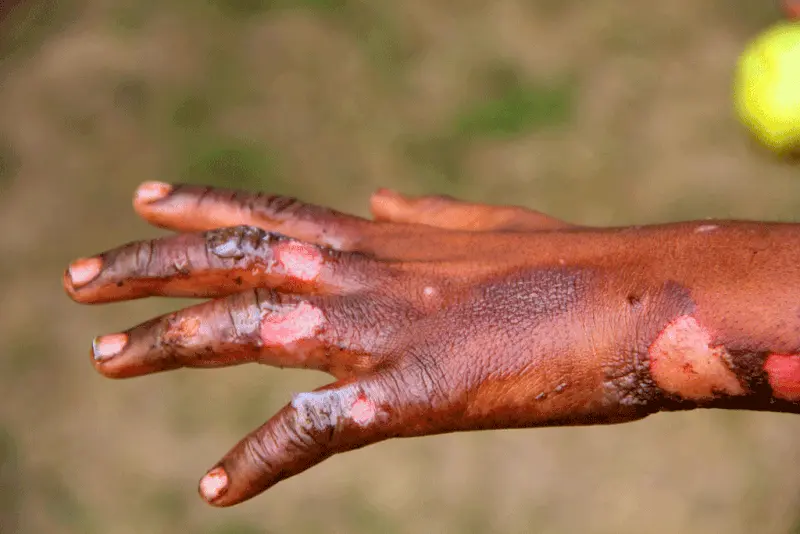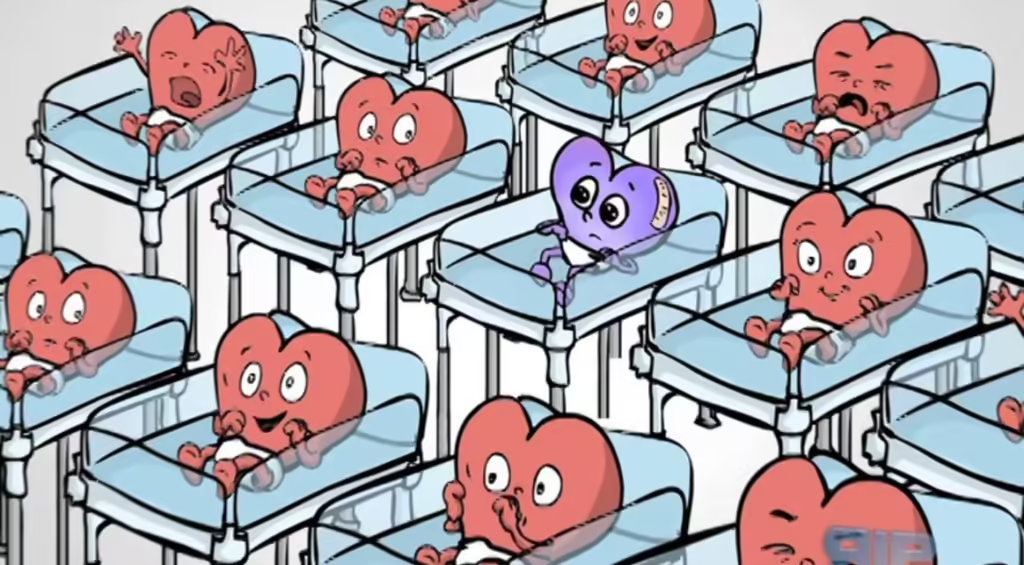Essential Guide to Snake Bite Management

: This blog aims to provide an in-depth understanding of snake bite management. We will discuss the epidemiology, common snakes in tropical areas, clinical signs and symptoms, investigations, measures to do at home, do’s and don’ts after a snake bite, and when to give anti-venom.
Introduction: Snake bites are a common occurrence in many parts of the world, especially in tropical areas. These bites can be fatal if left untreated or if the anti-venom is not given on time. Therefore, it is essential to know how to manage a snake bite to prevent further complications.
Epidemiology: Snake bites are prevalent in rural areas of Africa, Asia, and South America, where people come into contact with snakes regularly. According to WHO, around 5.4 million people are bitten by snakes globally each year, and 81,000 to 138,000 people die from snake bites.
Common snakes in tropical areas: Various species of snakes are found in tropical areas, and many of them are venomous. Some of the most common venomous snakes include the Cobra, Viper, and Pit Viper. It is essential to know the specific characteristics of each snake to identify them and provide the right treatment.
Clinical signs and symptoms: The signs and symptoms of a snake bite vary depending on the type of snake and the amount of venom injected. However, common symptoms include fang marks, throbbing pain at the site of the bite, swelling, lymphadenopathy, nausea, vomiting, bleeding coagulopathy and difficulty breathing.
- Clinical can be grouped into, neurotoxic , hemotoxic and cytotoxic according to the type of snake.
Investigations: To determine the type of snake and the amount of venom injected, the doctor may perform some investigations, including a blood test (CBC, pt, apt and fibrinogen), urine test, and imaging studies.
Measures to do at home: While waiting for medical assistance, it is essential to keep the victim calm and immobile to prevent the venom from spreading to other parts of the body. The wound should be cleaned with soap and water, and a pressure bandage should be applied to prevent the venom from spreading should not be very tight a finger should pass. Aim of the bandage is to block superficial lymphatic.
Do’s and don’ts after a snake bite: After a snake bite, it is essential to seek medical help immediately. Do not try to suck out the venom or apply a tourniquet cuts blood supply hence swelling as it can cause further damage. Don’t cut on the affected area, It is also crucial to avoid consuming alcohol or caffeine as it can increase the heart rate and spread the venom.
When to give anti-venom: Anti-venom is the most effective treatment for a snake bite.
- Fang marks with fast spreading local swelling, tender lymphnodes,
- Systemic signs and symptoms like hypotension, arrhythmia, respiratory failure.
- Neurotoxic symptoms
- Cytotoxic symptoms
- However, it should be given as soon as possible to prevent further complications. The doctor will determine the type and amount of anti-venom required based on the snake species and the amount of venom injected.
- Antihistamine can be given before anti venom example hydrocortisone and adrenaline.In anaphylactic reaction, stop ant venom infusion and give antihistamine
- Tetanus toxoid and antibiotics prophylaxis can be given and patient put under observation for 24hours.
- In case of coagulopathy Fresh Frozen Plasma should be given.
Eye care: if affected on the eyes wash with 0.9% normal saline, if there is cornea damage, apply mydriatic eye drop. Opthamologist consultation should be done.
Summary: Snake bites can be fatal if left untreated. Therefore, it is essential to know how to manage a snake bite properly. This blog discussed the epidemiology, common snakes in tropical areas, clinical signs and symptoms, investigations, measures to do at home, do’s and don’ts after a snake bite, and when to give anti-venom. Remember to seek medical help immediately and avoid attempting any home remedies. Stay safe!






Responses